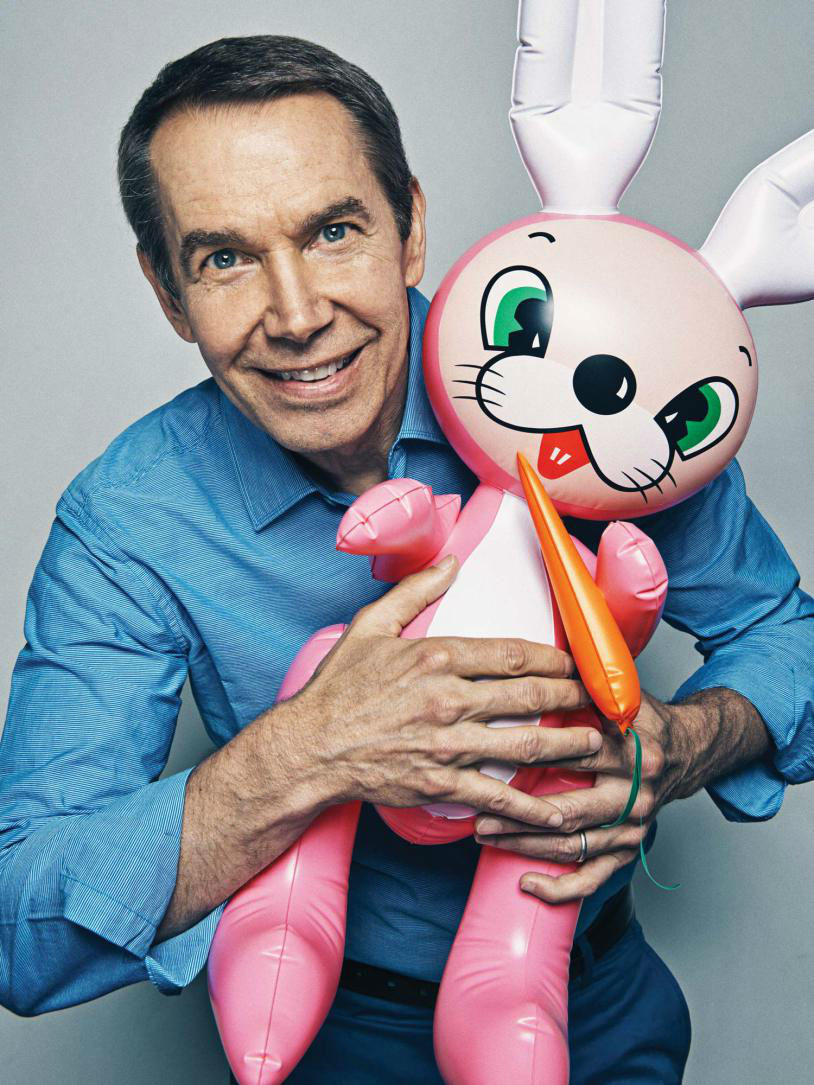

In a period when feminism in art and literary criticism was at its height, she received both praise and scorn for her defence of male artists, whom she sees as embodiments of, exceptionally creative and lustful urges. Here she took up the model developed by Nietzsche in The Birth of Tragedy that art as to be seen according to the conflict and complementarity of two opposing forces, the Dionysian (ecstasy and chaos) and the Apollonian (order and harmony).Īccording to Nietzsche’s influential thesis, art is born of these essentially pagan binary tensions. It just remains to uncover in what respect Paglia’s comment might be considered correct.Ĭamille Paglia achieved fame in 1990 as a literary and cultural commentator with her long, erudite and provocative book Sexual Personae. It is a theory that can also be transposed to the opinions of ultra-conservative commentators: they are wrong most of the time, but on rare occasions, they have an alarming grasp of the truth. The 80/20 rule: the famous Pareto principle dictates that 80 per cent of effects come from 20 per cent of causes, which can be used in social analysis, marketing, and other enterprises. This seems like reactionary flimflam, but it does not deserve to be discounted altogether. In other words, things are moving and shaking creatively, but not in ‘art’ which is to say the places we go to see art such as galleries and museums. This malaise is made more pronounced, she argues, by not only music but by architecture that has its influential high priests (she names Rem Koolhaas and Frank Gehry) whereas art continues to languish. No prominent figure of profound influence has emerged in painting or sculpture since the waning of Pop Art and Minimalism's birth in the early 1970s. It begins with the fiercely provocative opening sally: Does art have a future? Performance genres like opera, theater, music, and dance are thriving worldwide, but the visual arts have been in slow decline for nearly 40 years. In 2012, the Wall Street Journal, and reprinted in The Australian, the cultural critic and feminist theorist Camille Paglia mounted a frontal onslaught on contemporary art. And even if it can be taken as wrong or misdirected, it was made by someone whom I have always found courageous and astute. Let’s start with a complaint that was made around ten years ago now. To give fashion its due is to give credit to many other tendencies occurring in the virtual online spaces. Maybe the 'good art' is happening in spaces that have been treated as peripheral to the 'core' art world such as fashion itself. Is this kind of evaluation misplaced? As the art world becomes more diverse and fractured, and as its trends come to look like fashion, maybe the answer to this question is that we're looking in the wrong place. Yes, we know who the successful and bankable artists are, but we can scarcely say that Damian Hirst is equivalent to Picasso. Since the 1970s, it is very hard to see who the real great artists are now, and where exciting innovations and movements are.


 0 kommentar(er)
0 kommentar(er)
